Radical imagination — A strategy to shape what's possible

In our March meetup, we looked inwards to radically imagine the world as it could be: a healthy planet that is just and equitable for all. We worked on building the muscle of our imaginations by envisioning an economy grounded in human rights and respect for nature that distributes resources equitably, and a society which values lived experience, Indigenous worldviews and diverse ways of knowing.
Feminist artivist Vidushi Yadav spends a lot of her time imagining these new realities in her art work and she realized that to open her mind and heart to what’s possible, instead of looking outwards on platforms like Google or Chat GPT for inspiration, she needed to tap into her inner wisdom. Vidushi joined host Purity Kagwiria to guide us through a meditation that can serve as a starting point to break free of limiting frames and explore what building on a blank slate can offer us — whether that means energizing our movements and collaborations or providing clarity on how to move toward the future we want.
Listen to the 28-minute audio summary and read on for resources to help you start to reclaim and cultivate your imaginative abilities.
Takeaways
Radical imagination is a tool social justice leaders and movements already use to collectively shape what's possible and write new stories. As the Center for Story-based Strategy writes, "We can only walk where our hearts have first tread." But for many of us, the ability to access our imagination has been largely underutilized and untapped.
According to Max Haiven, the author of The Radical Imagination: Social Movement Research in the Age of Austerity, radical imagination requires us to unlearn the dominant narratives that we’ve been taught — that there are no other alternatives to our current systems, structures, laws and policies that dictate who controls resources and how.
Using our minds to move beyond these limiting frames and creating other possibilities is a decolonial process. In their book, On Decoloniality, professors Walter Mignolo and Catherine Walsh write, “[D]ecoloniality seeks to make visible, open up, and advance radically distinct perspectives and positionalities that displace Western rationality as the only framework and possibility of existence, analysis, and thought.”
To suspend reality and create unique worlds in her art work related to decolonizing aid, philanthropy and knowledge, Vidushi first starts by looking inward. She says, “We have so much inside of us. We have our lived realities, our intergenerational knowledge that has been passed onto us orally by mothers, grandmothers, [our ancestors] about the lives they lived and challenges they faced to tap into.” If we can find the time and resources to journey into what she calls “our heart space,” we have the possibility to find safety and peace, and use these individual experiences as a foundation to build upon and shape what’s possible collectively.
Put it into practice: Imagining the future we want
We are building imaginary landscapes all the time when we share our unique stories about the past, present and future with each other — though not always intentionally. Purposefully creating spaces and setting aside time in our communities and in our organizations to play and redefine a world that works for all of us can help carry our social and climate justice work forward. The below 3-part exercise, based on the work of the Othering & Belonging Institute, can get you started.
Part I
First, listen to the above meditation guided by Vidushi and scroll down to the collection of images and quotes on this page, compiled by Evan Bissell and the Haas Institute for a Fair and Inclusive Society. Each image represents a frame or window into a future where life, liberation and belonging are valued. Choose an image — could be commons, sacred, or interconnectedness for example — and use it as a starting point to reflect on the questions below individually or with a group. Alternatively, you can think of a topic relevant to your everyday life and/or the communities you serve.
Part II
Then, imagine you wake up in 2050 in a transformed society that reflects your values. Take a look around and notice the sights, the sounds, the smells, how it feels. What does the world look like? What do you see, hear, and feel? What’s present and what's not present? What's the headline on your newspaper or social media feed? How are people relating to one another and to our surroundings? What values are important? What's your role in this transformed future?
Based on this experience, grab your preferred medium and write, draw or paint. You could draw a scene from this future society or write a short story, poem, news article or poster.
Part III
In this final step, reflect on these questions individually or in a group:
- What were your imagined futures? What did you see, hear, or feel?
- What was it like to do that exercise? Did anything new or unexpected come up for you?
- How does this exercise help you see what role you and/or your team/community can play in making this vision possible?
Recommended Resources
- Read: Emergent Strategy by adrienne maree brown (you can listen to adrienne speak about radical imagination here)
- Read: The Radical Imagination by Max Haiven and Alex Khasnabish (you can read an excerpt here and six lessons from the book here)
- Practice: A tool for imagining and exploring beyond equity from the Center for Story-based Strategy
Leap of Leadership is Spring’s monthly online meetup for social justice changemakers around the world. Each month, we tackle cutting-edge topics through new tools, concrete practices and exchanges with peers. Learn more or sign up to join our monthly drop-in sessions and receive our monthly emails.
Tags:
Leap of LeadershipApril 7, 2023

